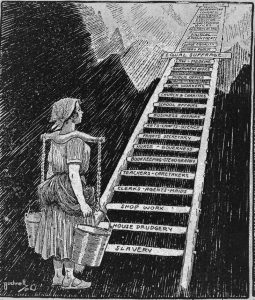An Anti-Labor Secretary of Labor
Given the never-ending political tumult within the Washington, D.C., Beltway, it was easy to overlook the Senate confirmation on September 26, 2019, of Eugene Scalia as Secretary of Labor. The party-line confirmation vote irritated workers and their representatives, who pointed out that Scalia’s claims to be a neutral advocate of his clients’ interests helped obscure his long-standing anti-labor politics.
The Department of Labor was established as a Cabinet-level agency on March 4, 1913, the last day of the Taft presidency. The Department’s purpose was to foster the well-being of wage earners by improving their working conditions and protecting their work-related rights. Throughout the remainder of the twentieth century, nobody doubted the Department of Labor’s job was protecting working people.
Eugene Scalia’s career, by contrast, has been devoted to fighting workers and their unions on behalf of big business and the rich. The son of late Supreme Court Justice Antonin Scalia, Eugene Scalia was employed for twenty years in the Washington, D.C. office of Gibson, Dunn & Crutcher. He represented, among others, Boeing, Chevron, SeaWorld, UPS, and Walmart, not to mention assorted Wall Street banks.


